China Caixin PMI Services rose to 52.1 in August, up from 51.6 and beat expectation of 51.8. PMI Composite rose to 51.6, up from 50.9. Caixin noted that manufacturers and services provides both saw improved rates by business activity growth. The composite new orders expanded at the quickest rate for four months. Also, total employment increased for the first time since April.
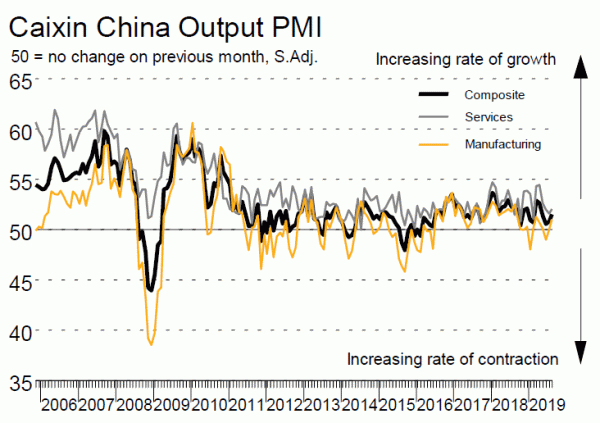
Commenting on the China General Services PMI™ data, Dr. Zhengsheng Zhong, Director of Macroeconomic Analysis at CEBM Group said:
“The Caixin China General Services Business Activity Index rose to 52.1 in August from 51.6 in the previous month, indicating a slight improvement in the services sector.
“The gauge for new business stayed in expansionary territory and edged up, while the one for new export business dropped — although it remained in positive territory — suggesting that domestic demand was stronger than foreign demand. The employment measure jumped notably, pointing to the sector’s strengthening capability to absorb workers.
“Both gauges for input costs and prices charged by service providers moved further into expansionary territory, implying an enhanced upward trend in prices. The measure for business expectations also stayed in positive territory and moved up, reflecting companies’ increasing confidence in their prospects.
“The Caixin China Composite Output Index rose to 51.6 in August from 50.9 in the month before, pointing to a slight recovery in China’s economy.
“While the gauge for overall new orders inched up, the one for new export business dipped into contractionary territory. The decline in overseas demand reflected the adverse shock of the Sino-U.S. trade conflict. The employment gauge returned to expansionary territory, hitting the highest since January 2015, suggesting an improvement in labor market conditions.
“Both gauges for input costs and output charges dipped, reflecting a downward trend in overall prices. The measure for future output edged down, despite staying in positive territory, suggesting that business confidence remained subdued.
“China’s economy showed clear signs of a recovery in August, especially in the employment sector. Countercyclical policies took effect gradually. However, the Sino-U.S. trade conflict remained a drag, and business confidence remained depressed. Still, there’s no need to be too pessimistic about China’s economy, with the launch of a series of policies to promote high-quality growth.”
Full release here.




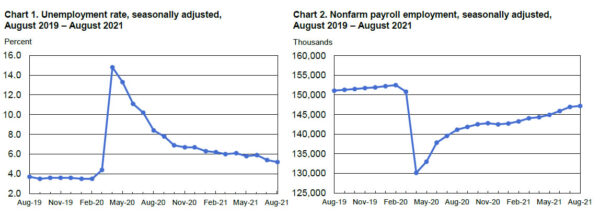
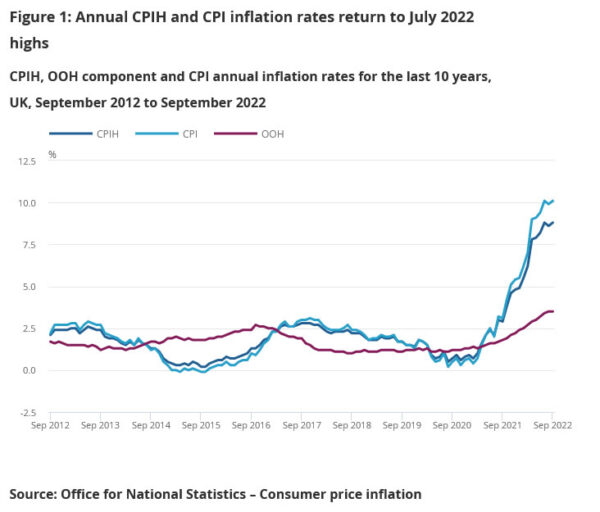


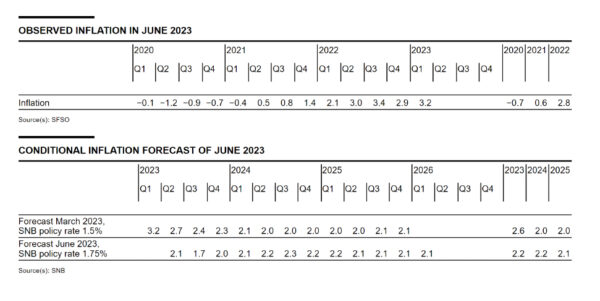
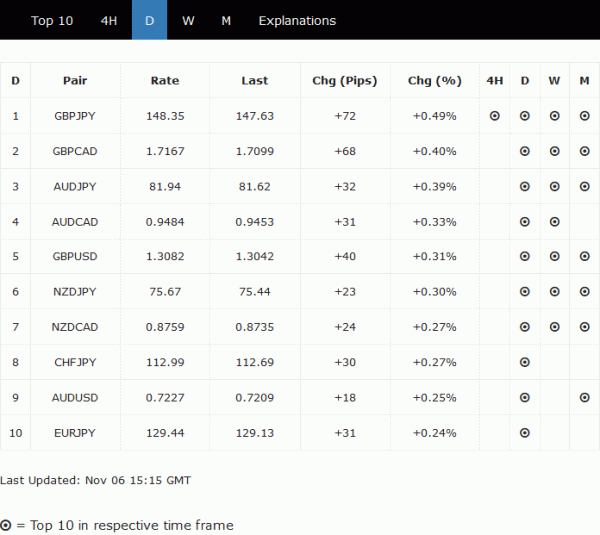
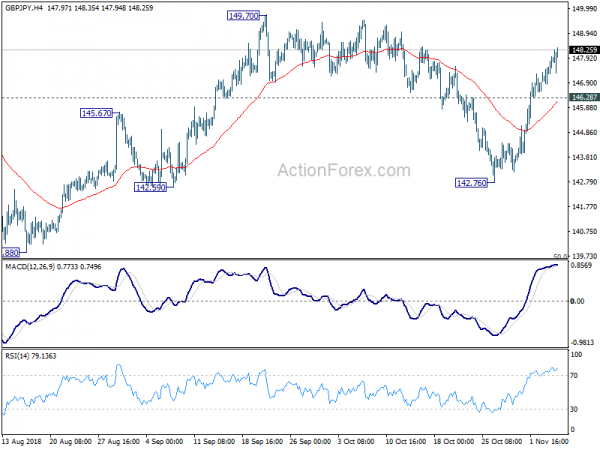
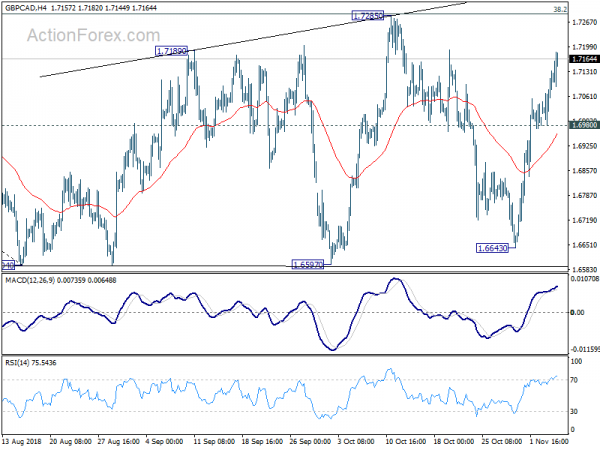
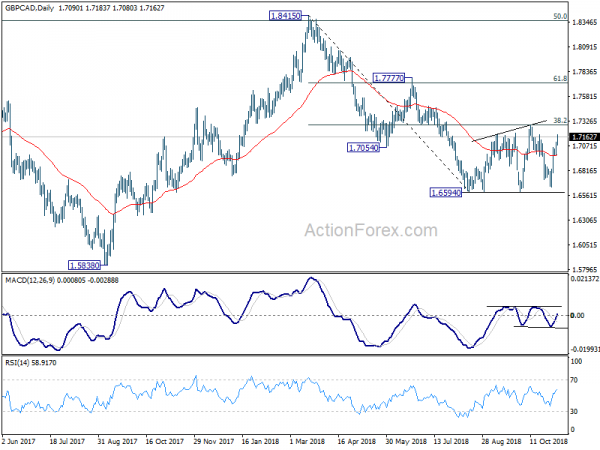
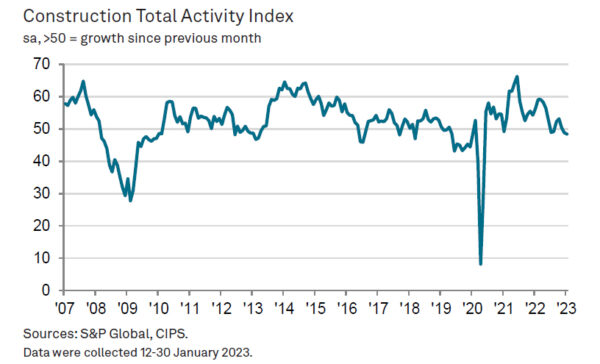
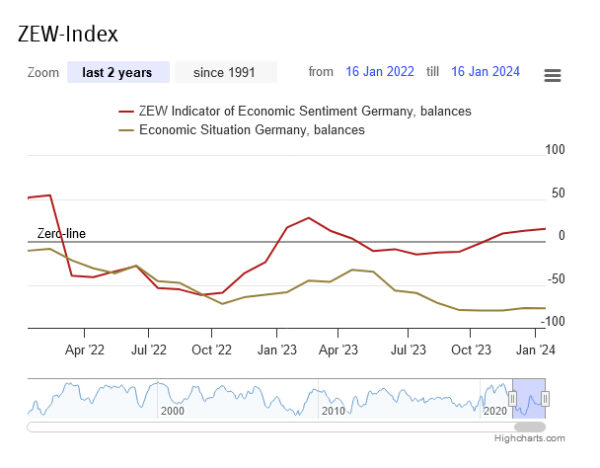
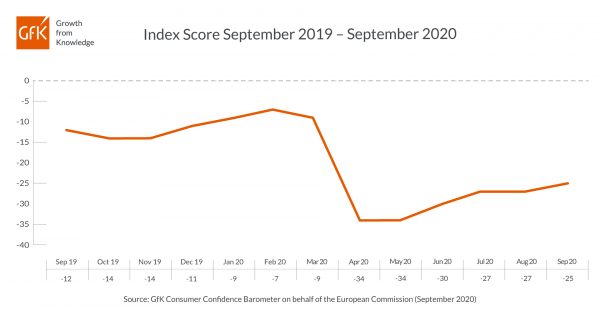

NZ NZIER business sentiment hit record low
New Zealand NZIER Quarterly Survey of Business Opinion showed, in Q4 on a seasonally adjusted basis, a net 73% of businesses expect general economic conditions to deteriorate over the coming months. That’s the worst level in the survey’s history.
A net 13% of businesses reported a decline in their own activity over the past quarter, worst since Q2 2020 during the full impact of the first pandemic lockdown. A net 33% expected decline in activity in the coming quarter.
“Firms have also reduced investment plans substantially, particularly when it comes to investment in buildings,” NZIER said. Retail businesses were feeling “very downbeat”, it found.
Full release here.